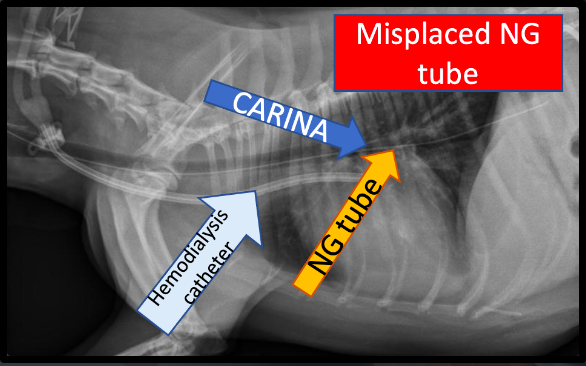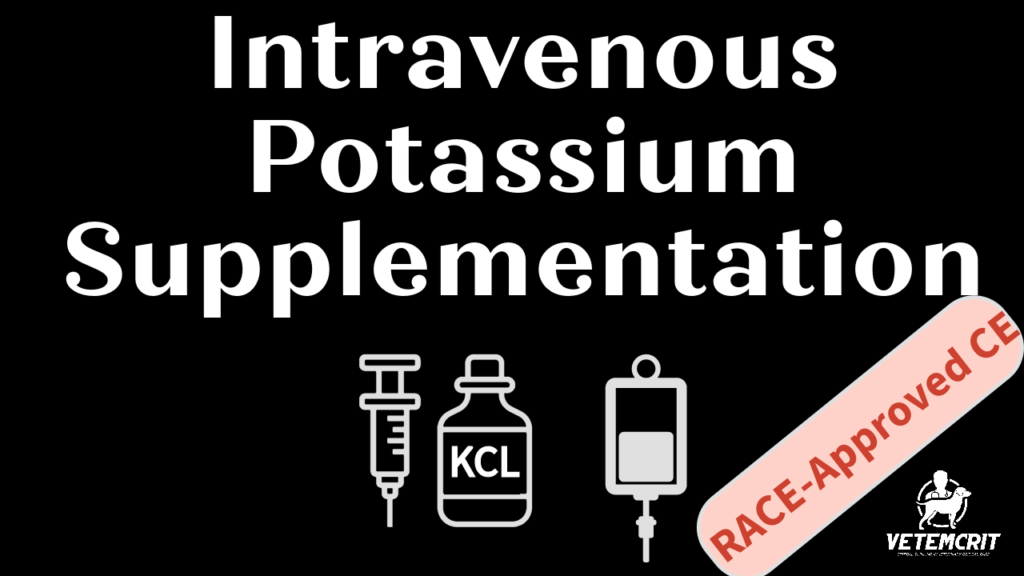Refeeding syndrome refers to a potentially fatal constellation of metabolic derangements that occur upon refeeding a patient with an extended period of complete anorexia or severe malnutrition (Crook 2001; Kraft 2005). These metabolic derangements include severe hypophosphatemia, hypomagnesemia, hypokalemia, hyponatremia, hypocalcemia, hyperglycemia and vitamin deficiencies (Skipper 2012).
Clinical manifestations of these abnormalities include peripheral edema, hemolytic anemia, cardiac failure, neurological dysfunction and respiratory failure. Many of these metabolic changes are believed to result from sudden release of insulin (stimulated by carbohydrate intake) in the presence of total body nutrient depletion. The successful management and refeeding of a patient with a history of prolonged starvation, therefore, involves careful use of fluid therapy, frequent monitoring of electrolytes, conservative nutritional therapy, and support of cardiac and respiratory function.
If you want to learn more, watch the video below:
Measures to prevent a refeeding syndrome include the following:
1. Identify patients at risk;
2. Correct fluid and electrolyte imbalances first;
3. Administer nutrition gradually and increase incrementally;
4. Frequently monitor electrolytes q4-8h (especially during the first 48 hours) in at-risk patients (e.g. K, Mg, PO4, Ca, blood glucose, PCV/TS);
5. Supplement electrolytes and thiamine as needed;
6. Discontinue or slow down nutrition should complications arise.




One thought on “Refeeding syndrome in dogs and cats”